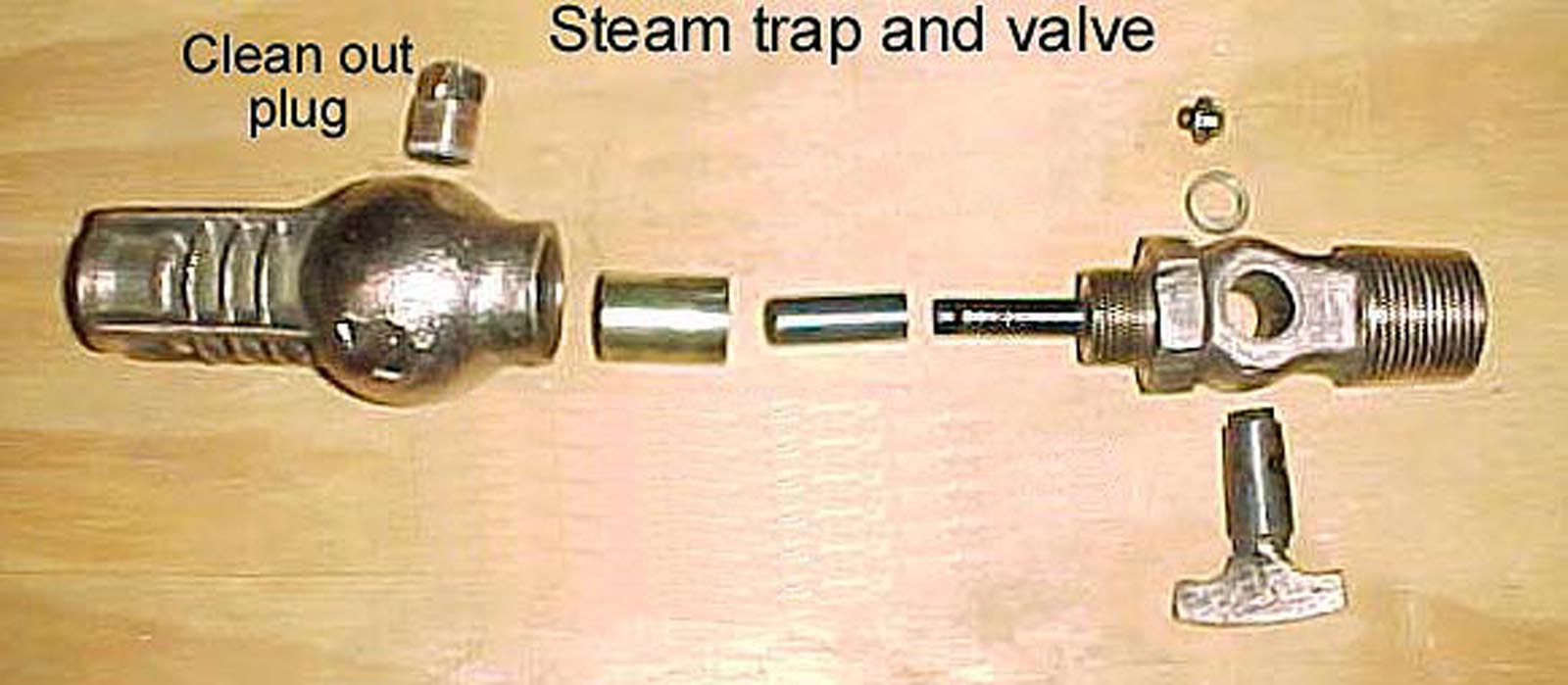Steam Catalogs
View or Download Size & HP in PDF format
A list to aid in steam engine identification, including S.S.Badger,
USS Monitor, Filer & Stowell, Titanic, Mikado and Big Boy
View or Download Engine Listing in PDF format (Control F to search)
A complete? listing of all known engines
If any information is incorrect or missing, please email an update
View or Download General Notes in PDF format
-
Notes concerning Steam Gauges
-
Never pressurize a gauge beyond half its rating. This could cause permanent damage. Example: 300# gauge would be 150# maximum. For boiler water testing above 150# use a 500 or 600 pound rated gauge to be safe.
Always use some type of siphon to protect the gauge from excessive heat. The siphon should be filled with water before steaming up. A shut off valve below the siphon is useful to allow the gauge to be changed on a live engine.
All gauges and siphons should be removed if freezing weather is expected. Most bourdon tubes curl down at the upper end and will not drain properly. A siphon is designed to hold water, which protects the gauge from heat.
The original dials are silver plated and left dull. The numbers etc. are filled with black enamel. Over a long time (50 years or more) any gauge will lose a little accuracy. Older factory set pop off valves are spring actuated and will hold their setting indefinitely. A gauge that does not agree with the pop valve should be checked using a dead weight tester. All gauges sold or repaired by me are set with an 1884 Crosby dead weight test unit, are within 1 lb accuracy and track properly. New gauge faces are protected with two coats of Rustoleum UV clear coat. For rain a rectangular plastic quart oil bottle with the top removed works well as a cover.
-
-
Most old siphons are constructed like the photo. If you can see daylight from the threaded end parts are missing (valve if present should be open). The unit should rattle when shaken. This means the two internal sleeves are present and loose. The small sleeve is closed at the top end. Not all siphons have a clean out or a petcock.
Return to List
Order/Contact
Home

